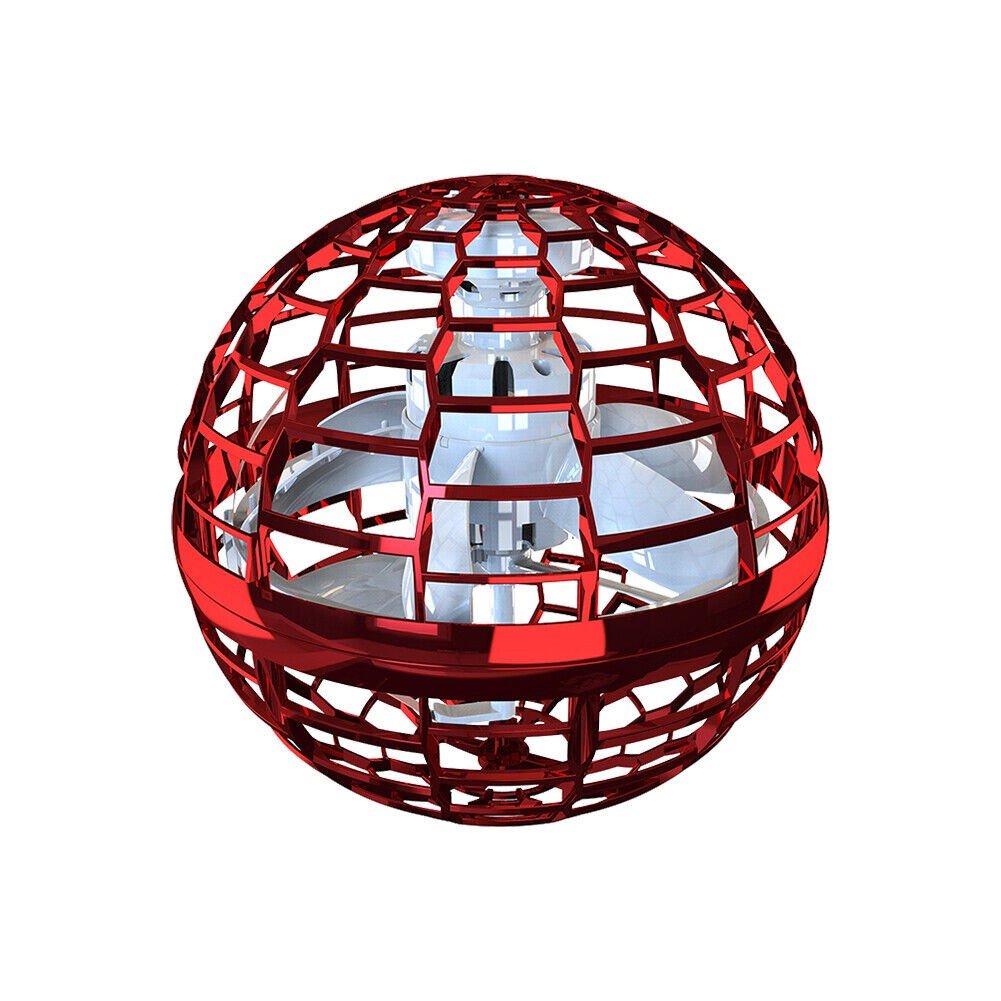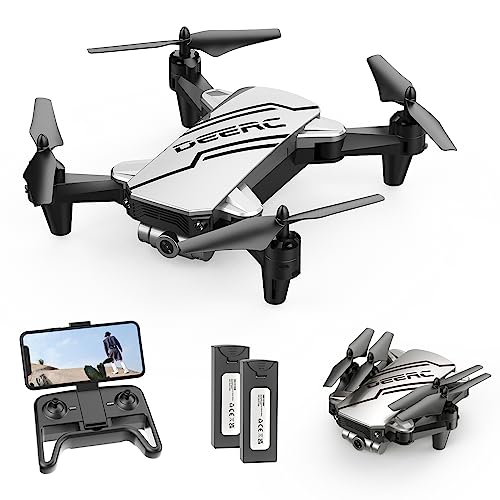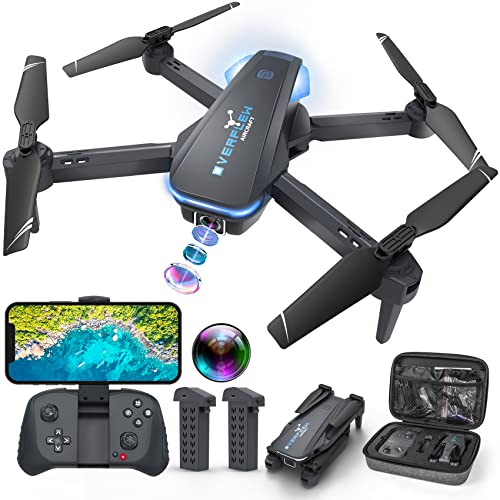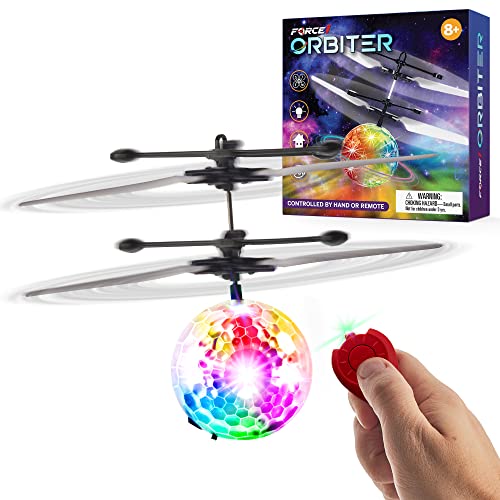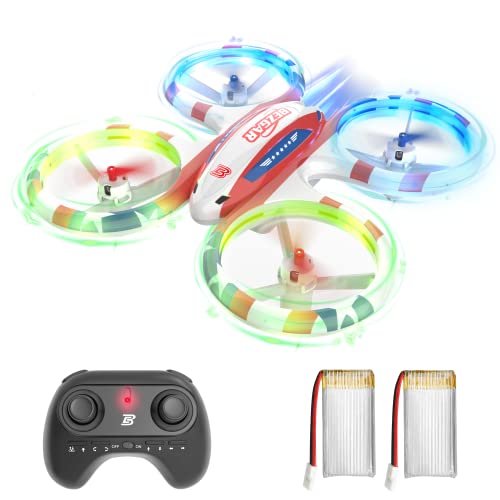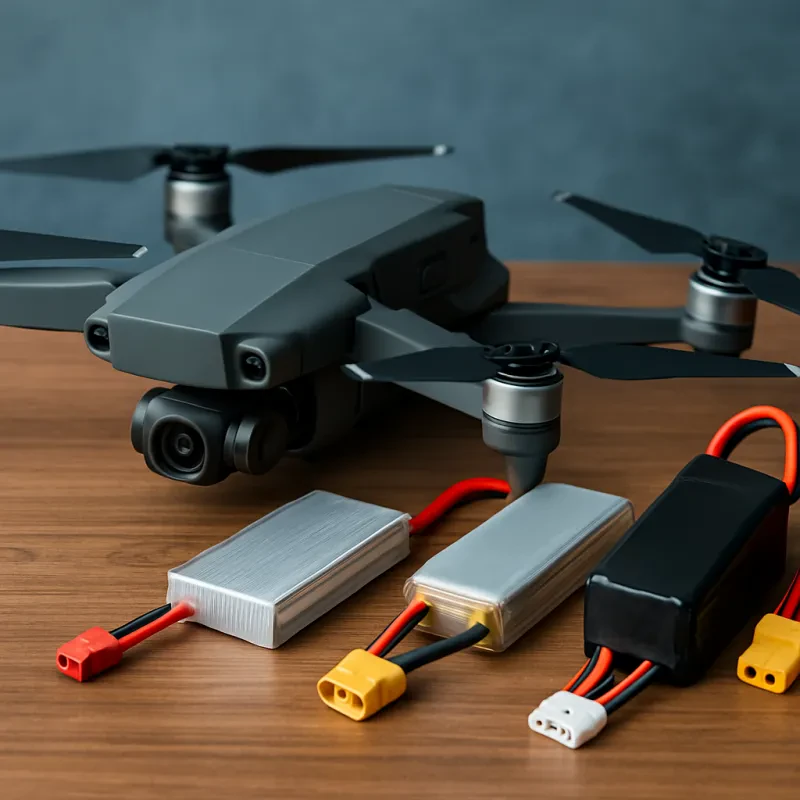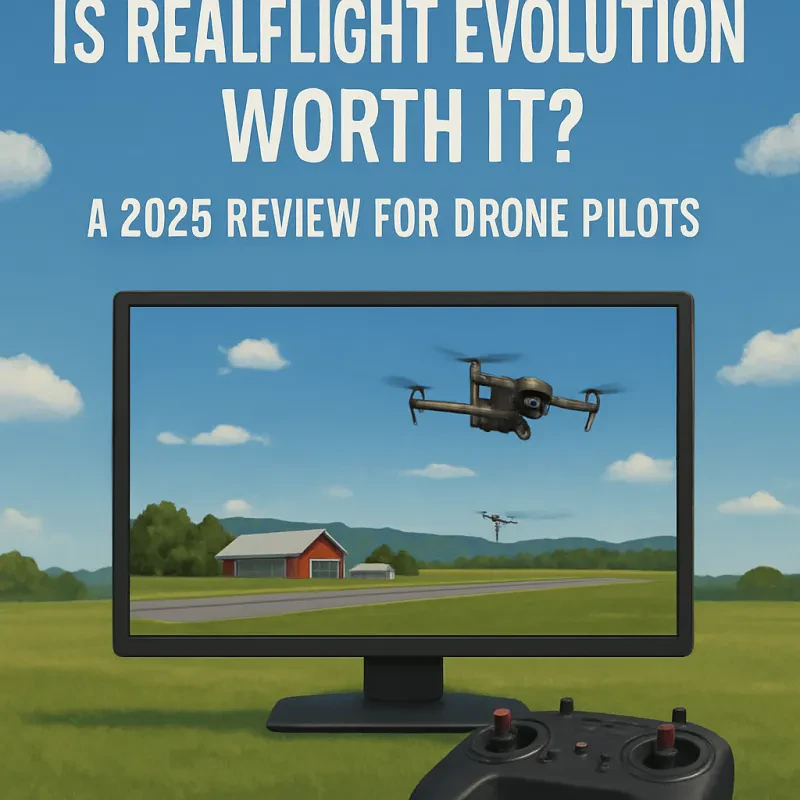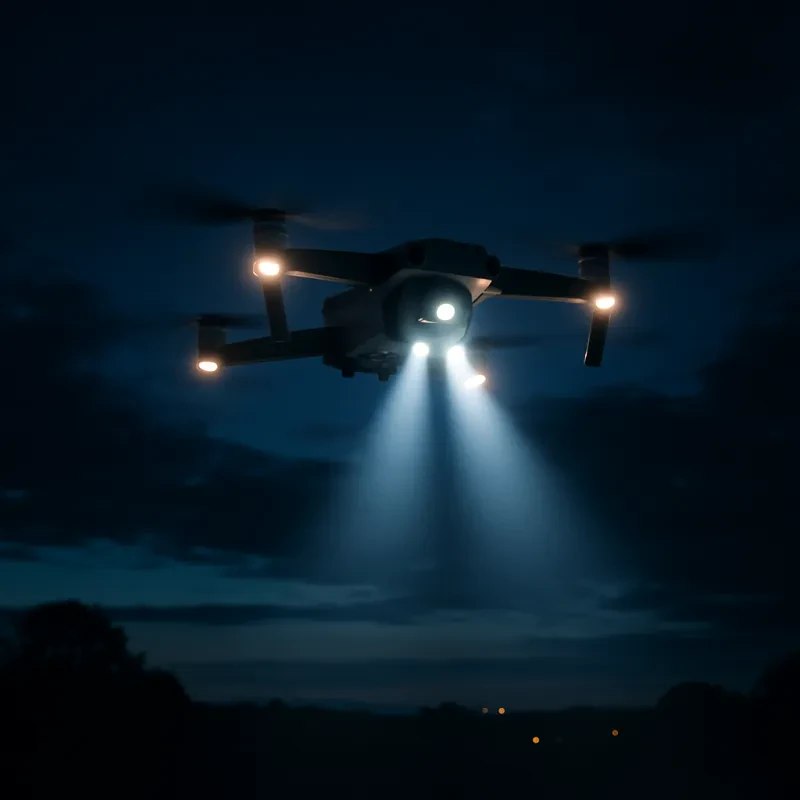Exploring the World of Toy Drones: What You Need to Know
Toy drones have become a popular gadget among kids and adults alike. These small flying machines come in various sizes and shapes, and can be a great source of entertainment. Whether you’re a beginner or an experienced flyer, there are a few things you need to know before taking your toy drone out for a spin.
The Different Types of Toy Drones
Toy drones come in different shapes and sizes and are designed for different purposes. Some are indoor drones that can be flown in small spaces, while others are light and portable for outdoor use. There are camera drones that can capture footage and others that are designed for stunt flying. Before you purchase a toy drone, think about what you want to use it for.
Understanding the Controls
Toy drones come with two types of controls: remote control and smartphone apps. Remote controls are easy to use and come with buttons to fly your drone in different directions. Smartphone apps, on the other hand, use touch-screen controls that are more intuitive for first-time flyers. Before you take your drone out for a spin, take the time to understand how the controls work.
Learning to Fly
Flying a drone is not as easy as it seems. It takes patience and practice to learn how to fly it like a pro. Start by taking short flights in open spaces, and gradually increase the height and distance. It is also important to read and follow the instructions provided by the manufacturer.
Outdoor Flying Rules
Before flying your drone outdoors, make sure you follow the rules and regulations set by the Federal Aviation Administration. This includes flying below 400 feet, keeping the drone within your line of sight, and staying away from airports and other restricted areas.
Charging and Maintenance
Toy drones require regular charging, and it is important to follow the manufacturer’s instructions on charging time and process. It is also important to keep your drone clean and well-maintained to prevent damage and prolong its lifespan.
Conclusion
Toy drones can be a lot of fun, but it is important to follow the guidelines and regulations to ensure safe and responsible flying. Learning how to fly a drone takes time and practice, but it can be a rewarding experience that opens up a world of aerial photography and videography.
Top Toy Drones for Kids and Adults: A Comprehensive Guide
Toy drones have become increasingly popular over the years, with more and more people of all ages taking to the skies and exploring the world from a whole new perspective. Whether you're looking for a fun hobby or a unique way to capture stunning aerial footage, there's a toy drone to suit every need.
1. DJI Mavic Air 2
The DJI Mavic Air 2 is a powerful and feature-packed drone that is perfect for both kids and adults. It comes with a 4K camera that can capture stunning aerial footage, and it has a flight time of up to 34 minutes. The Mavic Air 2 also has automatic obstacle avoidance, which makes it easy to fly even in crowded spaces.
2. Holy Stone HS100D
The Holy Stone HS100D is a great toy drone for beginners and kids who are just starting out. It has a built-in camera that can capture 720p HD video, and it has a flight time of up to 15 minutes. The HS100D also has a one-key return function, which makes it easy to bring the drone back to its starting point.
3. Syma X5SW-V3
The Syma X5SW-V3 is a fun and affordable drone that is perfect for kids and adults alike. It has a built-in camera that can capture 720p HD video, and it has a flight time of up to 7 minutes. The X5SW-V3 also has a headless mode and a one-key return function, which makes it easy to control and recover in case of an emergency.
4. Parrot Mambo Fly
The Parrot Mambo Fly is a compact and lightweight drone that is perfect for indoor and outdoor flying. It has a built-in camera that can capture VGA video, and it has a flight time of up to 10 minutes. The Mambo Fly also has a range of up to 100m and comes with a range of accessories, including a cannon and a grabber.
5. Potensic T18
The Potensic T18 is a versatile and durable drone that is perfect for all skill levels. It comes with a 1080p camera that can capture stunning aerial footage, and it has a flight time of up to 10 minutes. The T18 also has a range of up to 300m and comes with a range of features, including altitude hold, headless mode, and one-key takeoff and landing.
Overall, there are plenty of great toy drones available on the market for both kids and adults. Whether you're looking for a beginner-friendly option or a high-performance drone that can handle more advanced maneuvers, there's a drone to suit every need and budget. So, get ready to take to the skies and explore the world from a whole new perspective!
The Future of Toy Drones: Trends and Innovations".
As the demand for toy drones continues to rise, manufacturers are constantly looking for new ways to innovate and stay ahead of the competition. Here are some of the trends and innovations we can expect to see in the future of toy drones:
1. Enhanced Safety Features
Safety will always be a top priority for toy drone manufacturers. In the future, we can expect to see even more advanced safety features such as obstacle avoidance sensors, geofencing, and automatic emergency landings. These features will help prevent collisions and protect both the drone and its surroundings.
2. Augmented Reality
Augmented reality technology involves overlaying digital images onto the real world. In the future, toy drones may come equipped with cameras that allow users to see the world in a whole new way. For example, users could fly their drone through a virtual obstacle course or play a game of virtual capture the flag.
3. Improved Battery Life
One of the biggest limitations of toy drones is their short battery life. However, manufacturers are working hard to develop longer-lasting batteries that will allow for longer flight times. The use of more efficient motors and lightweight materials are just some of the ways that toy drone manufacturers are working to improve battery life.
4. Modular Designs
Modular designs allow users to easily replace parts and make upgrades to their drone. In the future, we are likely to see toy drones with more modular designs that will make it easier for users to customize and upgrade their drones.
5. New Forms of Control
Traditional remote controls will likely still be the primary form of control for toy drones, but we may start to see new ways of controlling drones in the future. For example, voice commands or even brainwave sensors could be used to control a drone.
In conclusion, the future of toy drones is full of exciting possibilities. Enhanced safety features, augmented reality, improved battery life, modular designs, and new forms of control are just some of the trends and innovations we can expect to see in the coming years. As technology continues to evolve, so too will the capabilities and potential of toy drones.
